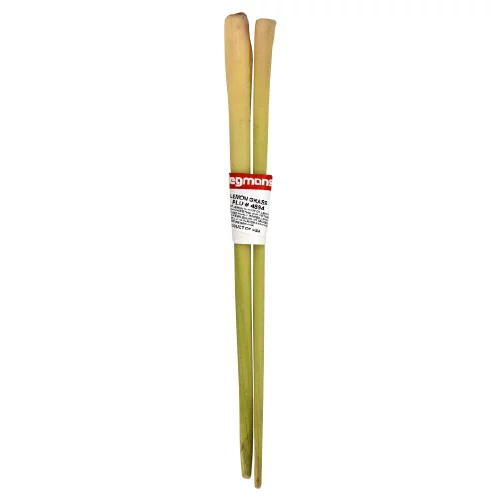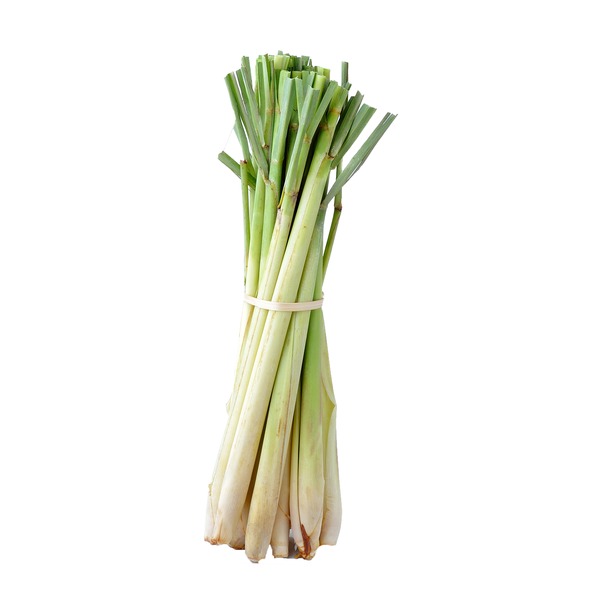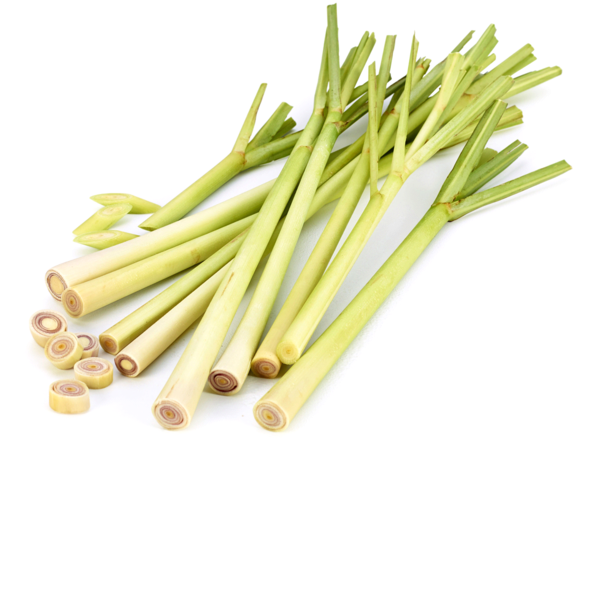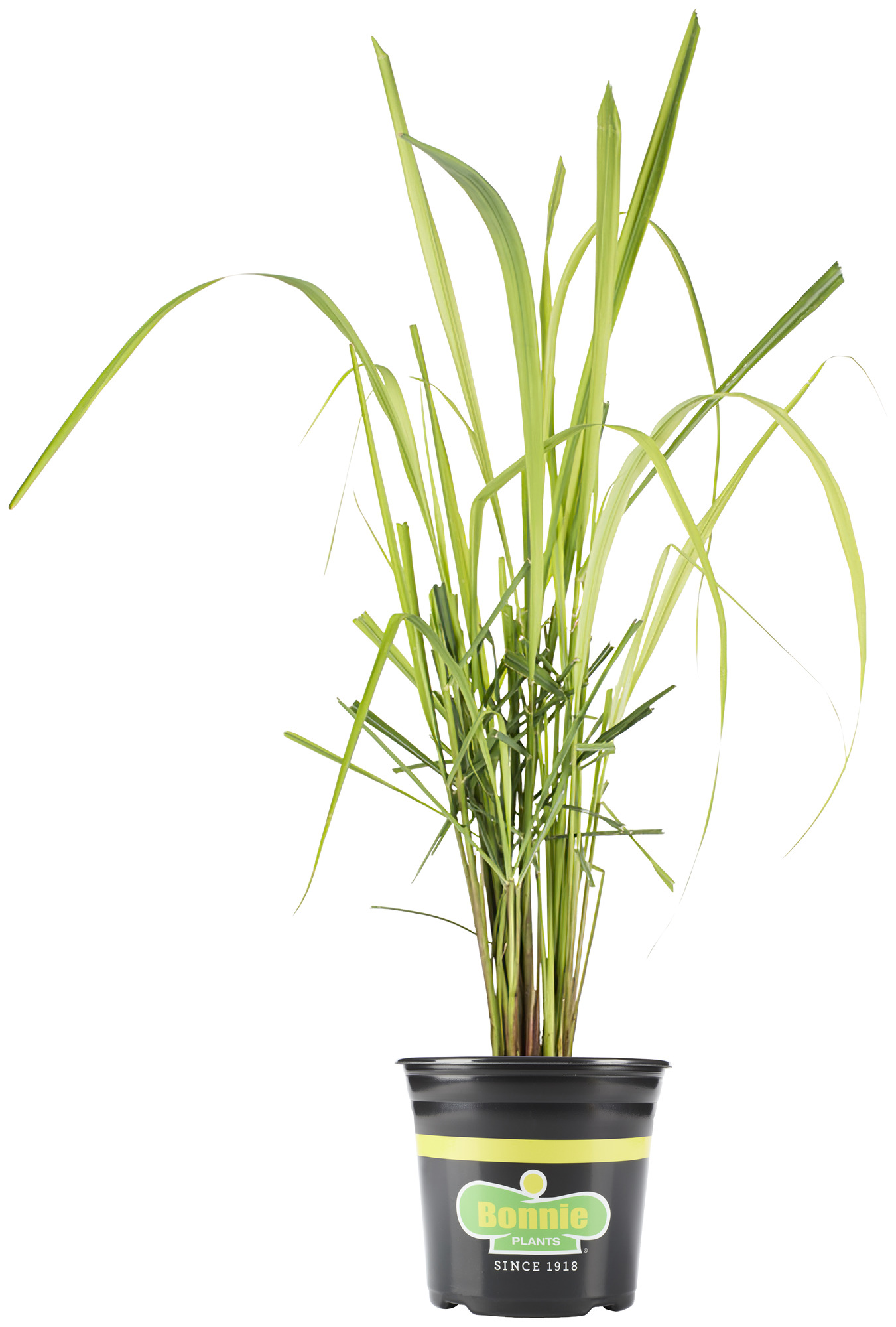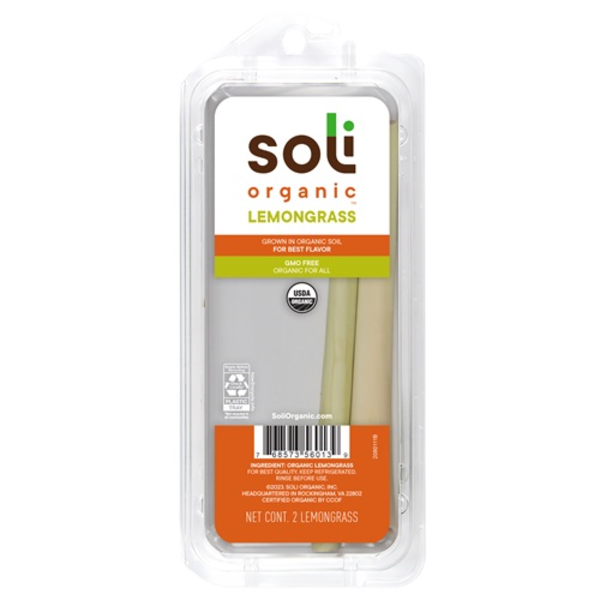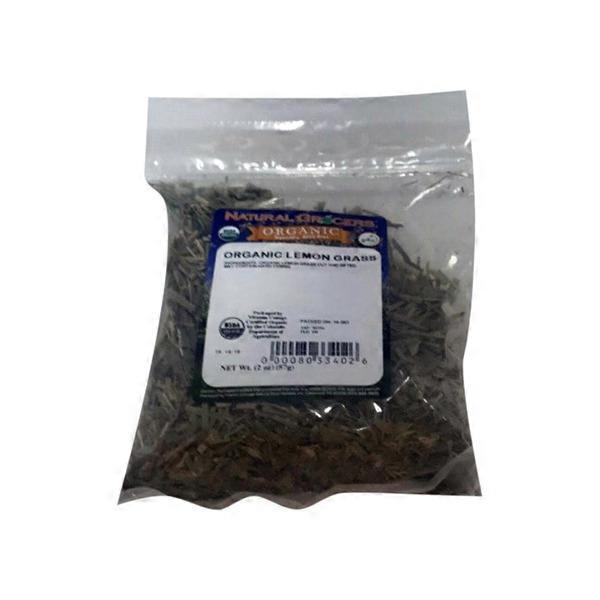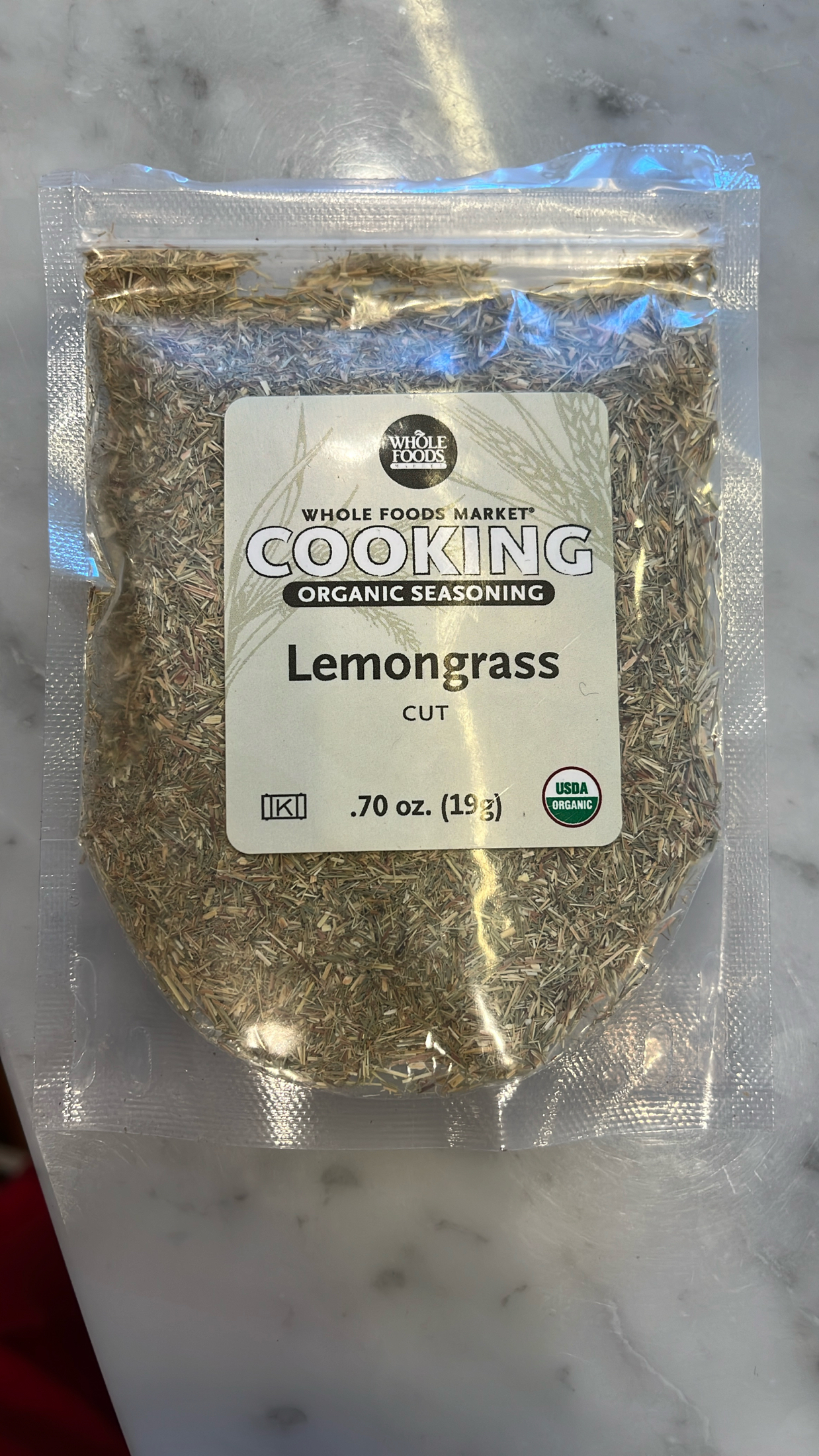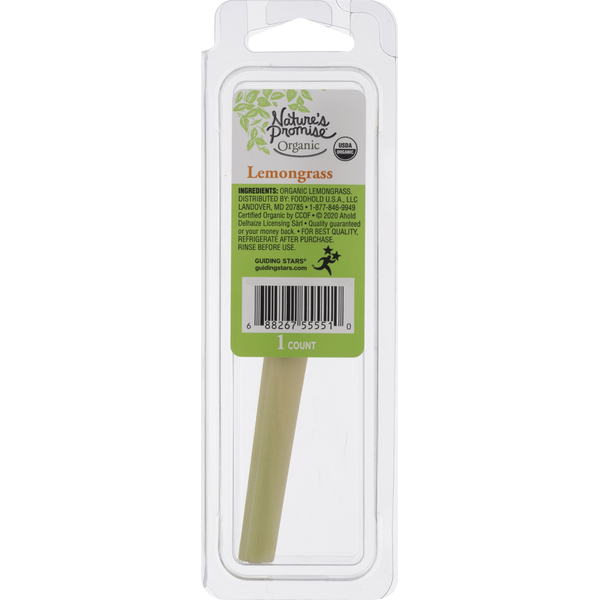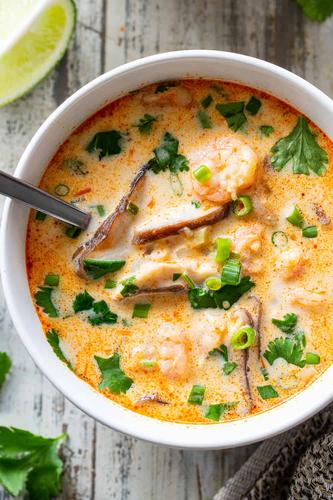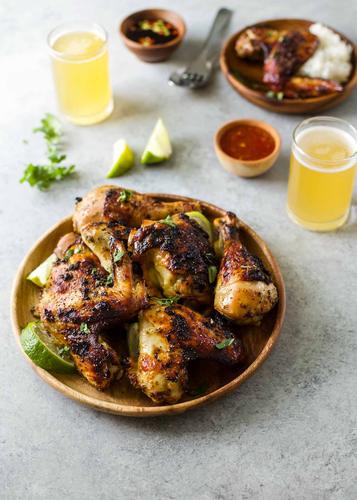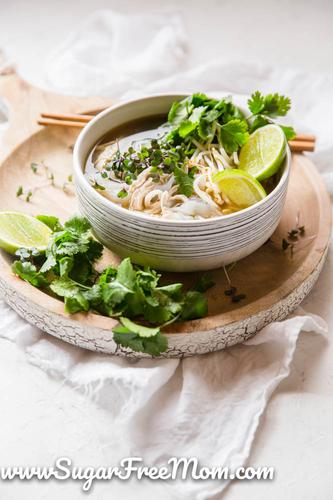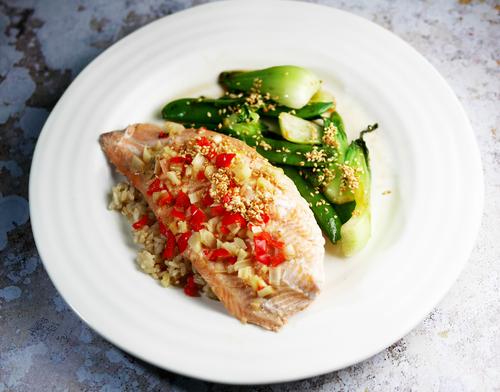SOUPS
MAIN DISHES
BEVERAGES
Lemongrass
Lemongrass is a tall, perennial grass native to tropical and subtropical regions, primarily Southeast Asia. This fragrant herb, scientifically known as Cymbopogon citratus, is widely used in culinary and medicinal practices due to its zesty, lemony flavor and aroma, as well as its therapeutic properties.
In the culinary world, lemongrass is a cornerstone ingredient in many Asian dishes, such as Thai curries and Vietnamese soups. The lower portions of the stalks are crushed or finely chopped to release their natural oils, adding a fresh citrusy flavor to various recipes, while the fibrous upper portions are often used to create refreshing tea infusions.
92%
CARBS
2%
FAT
7%
PROTEIN
207 Lemongrass Products
Used In 29 Recipes
Lemongrass Are Frequently Used With
Lemongrass FAQ
Cooking with lemongrass can seem a little intimidating if you're not familiar with it. The most common mistake people make is using too much of it, as its flavor can be quite strong and overpowering. To get the most out of lemongrass, cut off anything above the base and remove the tough outer layers, leaving only the softer, inner part of the stalk, which has the most flavor. Crushing or bruising the stalks before cooking can also help release more flavor. If you're using lemongrass in a dish that will cook for a while, like curry or soup, add the bruised stalks in whole and then remove them before serving. This gives the dish the flavor of lemongrass without the challenge of eating the hard stalk. A lesser-known tip when using lemongrass is that it can be ground into a paste and frozen for future use. This not only cuts down preparation time but also helps retain its vibrant flavor.
How to cut lemongrass for cooking?
Can you eat lemongrass raw?
What's a good substitute for lemongrass in a recipe?
Can I use dried lemongrass instead of fresh?
What part of lemongrass is used for cooking?
How to make lemongrass tea?
What dishes can I use lemongrass in?
Why does lemongrass need to be bruised before cooking?
How to grind lemongrass into a paste?
Can you use lemongrass essential oil in cooking?
Expiration & Storage Tips
When does lemongrass expire?
Fresh lemongrass stalks can last for up to 10 days to 2 weeks in the fridge. If you've bought it uncut, it can stay fresh for about a week at room temperature out of direct sunlight, or when vacuum-sealed/ kept in a zip-lock bag, it can last for a month in the refrigerator. Once cut or crushed, lemongrass needs to be used immediately or it loses its fragrance rapidly. Lemongrass paste or powder, once opened, will typically last for 2-3 months without losing its flavor. Frozen lemongrass can be kept for up to 6 months.
How do you tell if lemongrass is bad?
You can tell if the lemongrass has gone bad by its appearance and smell. If it has dark spots or mold, it's a sure sign to discard it. The stalks should be firm and pale yellow to light green in color; if they're slimy, it means they've started to spoil. When it starts losing its strong, lemony scent or the scent is off, it's time to toss it.
Tips for storing lemongrass to extend shelf life
• Keep lemongrass stalks in a loose plastic bag in the fridge's vegetable drawer. Separate them into individual stalks to reduce moisture buildup and decay
• For longer storage, freeze the lemongrass. You can freeze whole stalks or chop them into 1-inch pieces and freeze. They won't require thawing before being added to recipes
• Store lemongrass paste or powder in a cool, dry place. After opening, keep them in the refrigerator for maximum freshness
• Storing lemongrass in a glass jar with a tight lid can also help preserve its fragrance and flavor longer
EXPIRES WITHIN
6 - 12
WEEKS
Health Info
Macros
9g
CARBS
0g
FAT
0g
PROTEIN
Allowed on these diets
LOW FAT
HIGH CALCIUM
VEGETARIAN
KETO
PALEO
WHOLE 30
MEDITERRANEAN
LOW CARB
VEGAN
LACTOSE FREE
GLUTEN FREE

